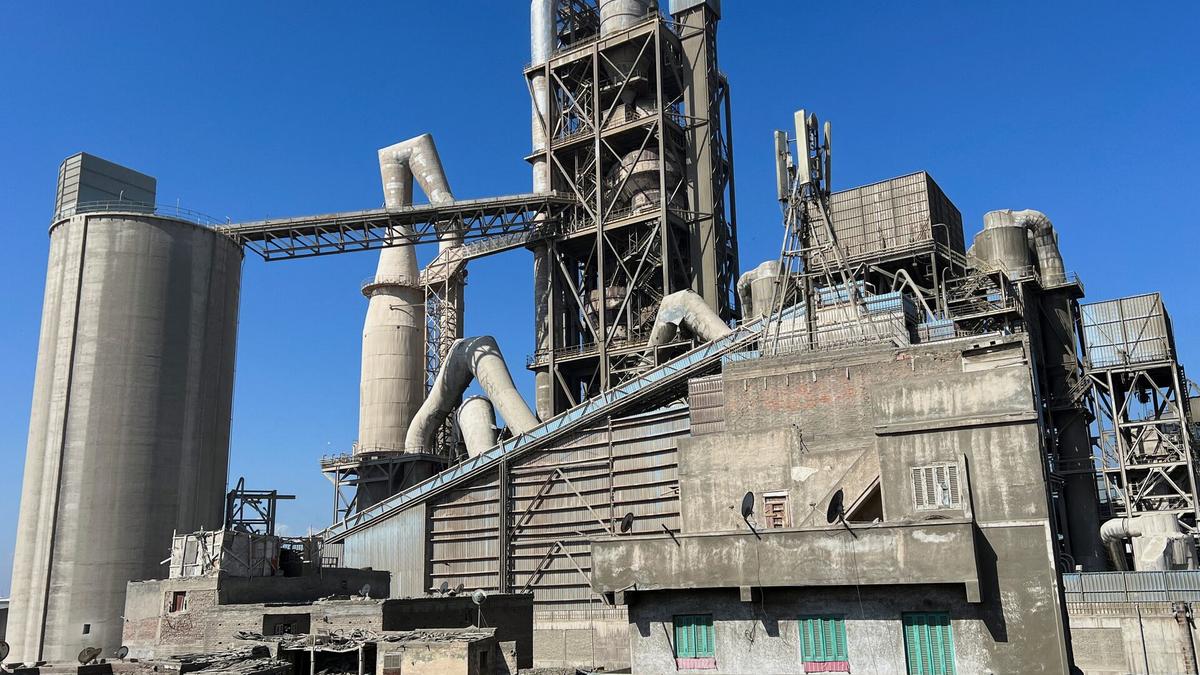The European Space Agency’s (ESA) Proba-3 mission will be launched on ISRO’s Polar Satellite Launch Vehicle (PSLV) from the Satish Dhawan Space Centre on December 4.
According to ESA, Proba-3 is the world’s first precision formation flying mission.
“A pair of satellites will fly together, maintaining a fixed configuration as if they were a single large rigid structure in space, to prove formation flying and rendezvous technologies,” states ESA.
The mission will demonstrate formation flying in the context of a large-scale science experiment. Holding position to a precision of a single millimetre, one Proba-3 spacecraft will line up in front of the other, around 150 m away, to cast its shadow precisely onto the other.
“The shade provided by the first spacecraft will cover the fiery face of the Sun so that its faint surrounding ‘coronal’ atmosphere becomes visible. The enigmatic corona – much hotter than the Sun itself – is where space weather originates, a topic of widespread scientific and practical interest,” ESA said.
It further added that on Earth, scientists must travel the world to position themselves for a brief glimpse of the Sun’s corona lasting just a few minutes at a time during total solar eclipses. However, the new cutting-edge technologies applied to Proba-3 mean that the mission will be able to create ‘solar eclipses on demand.’
Proba-3 instruments will peer closer to the solar rim than was previously possible in space, for up to six hours at a time during each approximately 19-hour orbit around Earth.
Published – November 23, 2024 11:25 am IST










